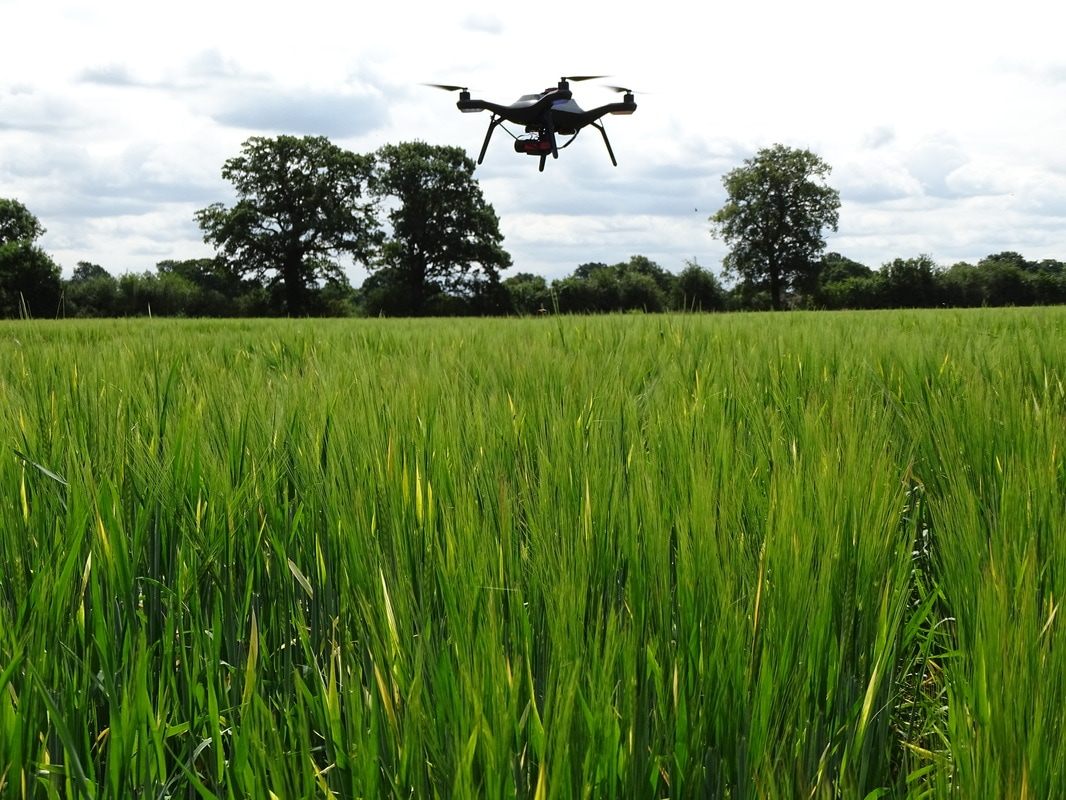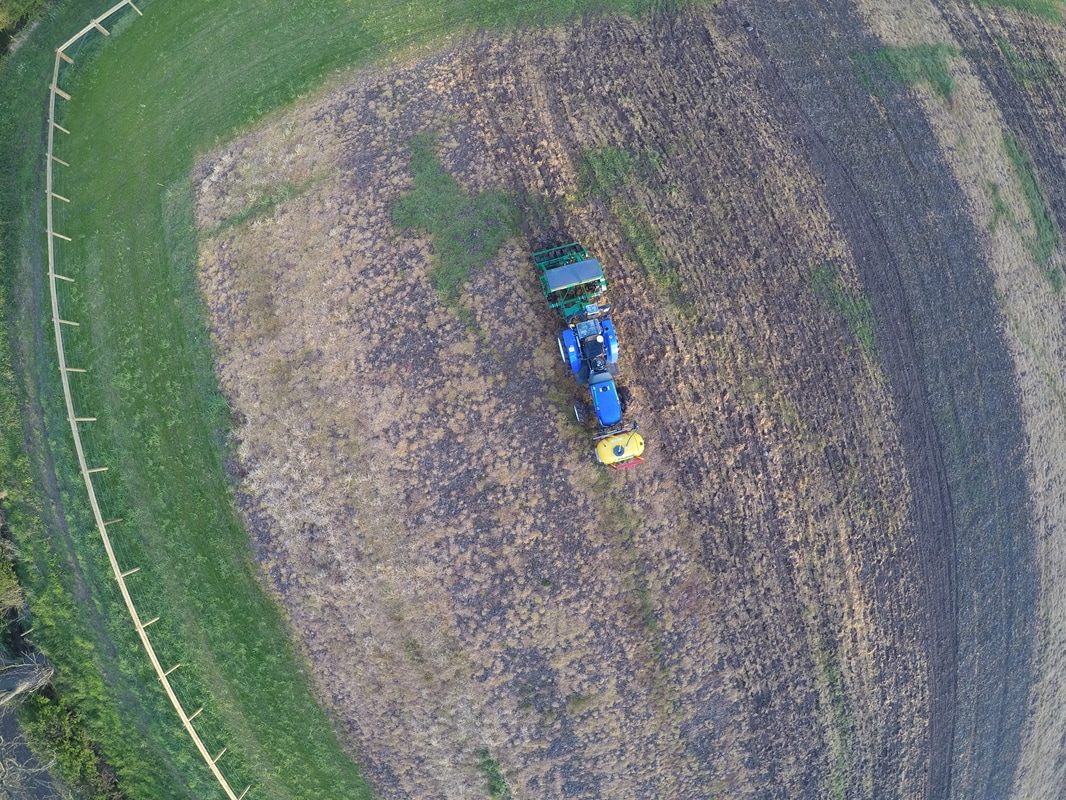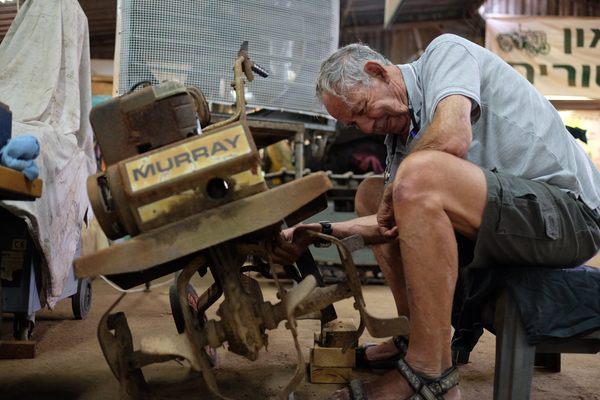From Seed to Harvest, This Field of Barley Was Grown Without Human Intervention
Programmed tractors, autonomous drones, and the future of farming.

Farmers have long relied on things that function without human intervention—bees to pollinate, worms to turn the soil, ladybugs to eat aphids—to make sure that crops grow the right way. Now a team of British researchers is trying to take this hands-off thinking in a high-tech direction. Last October, scientists at Harper Adams University in Edgmond, England, started an experimental farm called the Hands Free Hectare in an attempt to make the entire process of farming—from sowing and fertilizing to sample-collection and harvest—fully automated. The project has just come to fruition with five tons of robot-grown spring barley.

“We believe the best solution is that in the future, farmers will manage fleets of smaller, autonomous vehicles,” the researchers explained in a press release. “These will be able to go out and work in the fields, allowing the farmer to use their time more effectively and economically instead of having to drive up and down the fields.”
At the moment, agricultural machines—very large, very heavy, very expensive—can cover a lot of space quickly, but without much precision. For example, fertilizer gets sprayed over entire farms, regardless of the different needs of different crops. “There’s been a focus in recent years on making farming more precise, but the larger machines that we’re using are not compatible with this method of working. They’re also so heavy that they’re damaging farmers’ soils,” researcher Jonathan Gill told Live Science.

So Gill and his colleagues went smaller: a tractor, a combine, and a harvester, which they equipped to follow a programmed route, using GPS. They also used drones to collects samples with grippers. Altogether, they spent less than £200,000 on equipment, and used open-source technology and a drone’s autopilot for their navigation system. Eventually, they reason, the system will be sophisticated enough to treat different parts of a field, or even individual plants, differently.

The team is quick to caution that they don’t want to put farmers out of work. Instead of driving the tractor, they said, the farmer will manage a fleet, and monitor and analyze their crops. As for the hectare, the next stop for that barley will be a brewery. That’s not going to be completely automated. At least not yet.




















Follow us on Twitter to get the latest on the world's hidden wonders.
Like us on Facebook to get the latest on the world's hidden wonders.
Follow us on Twitter Like us on Facebook